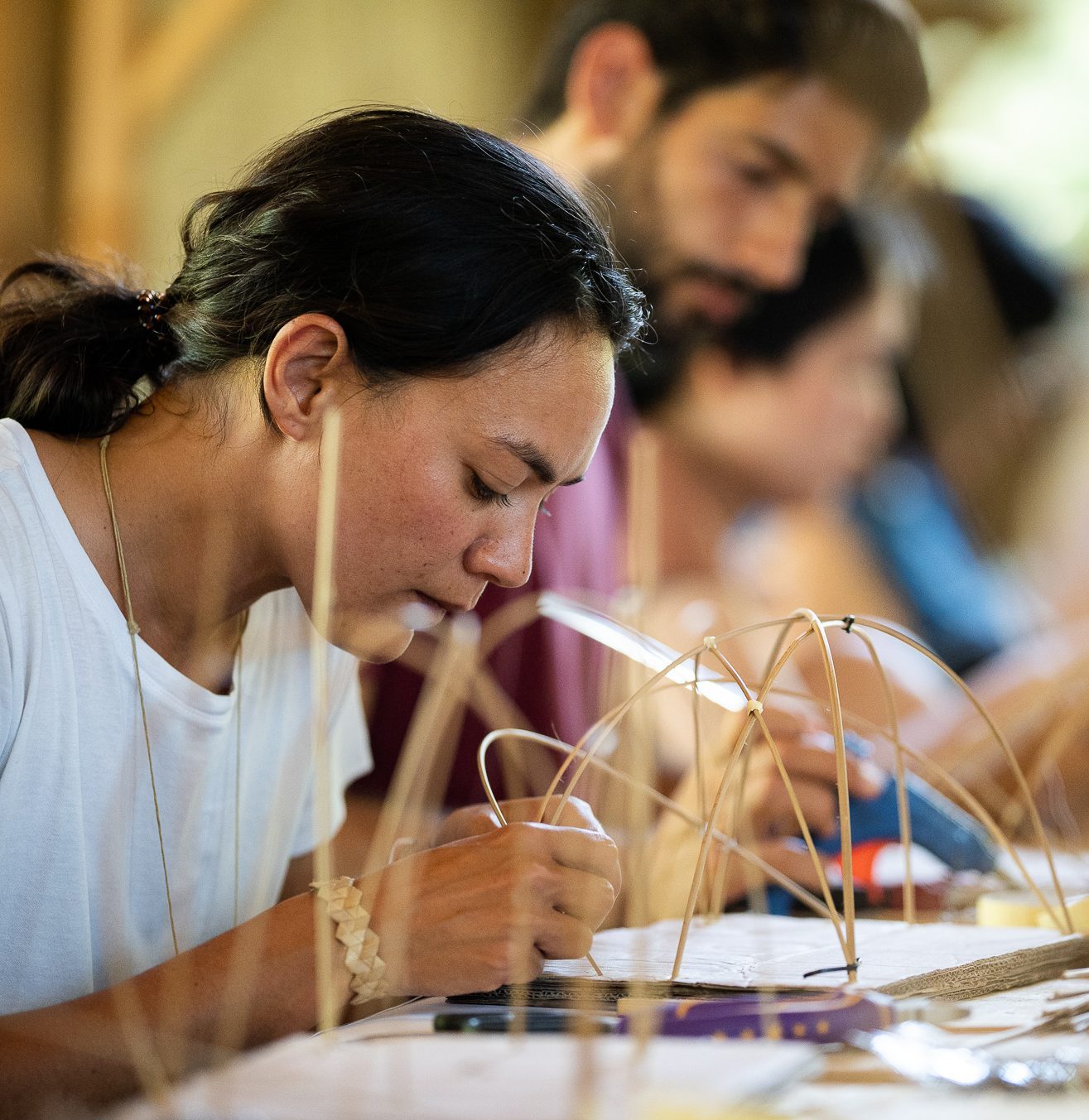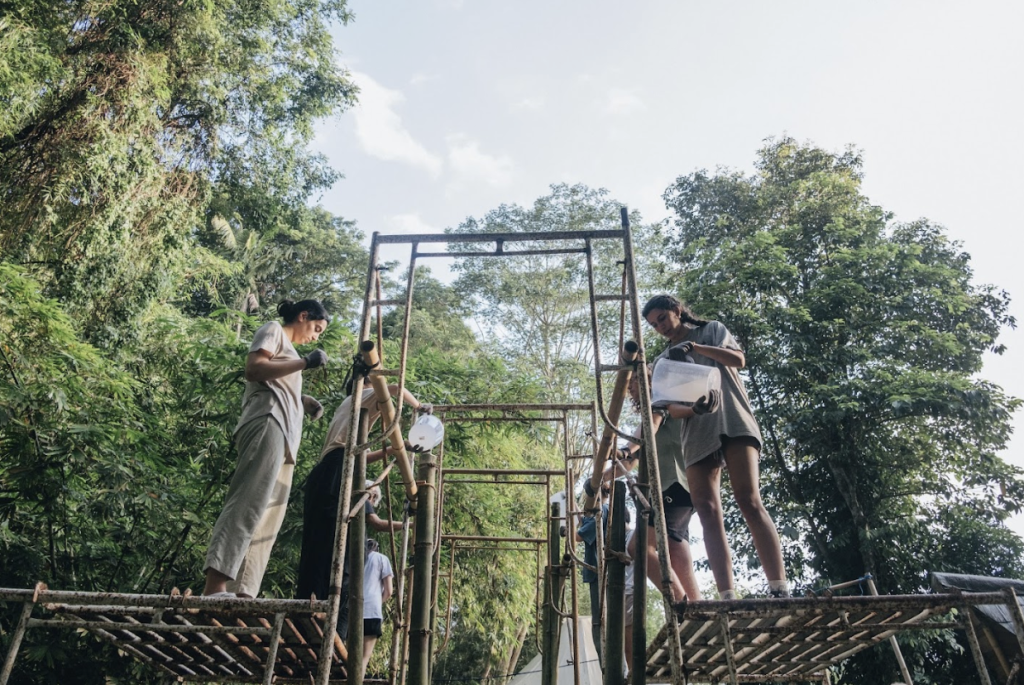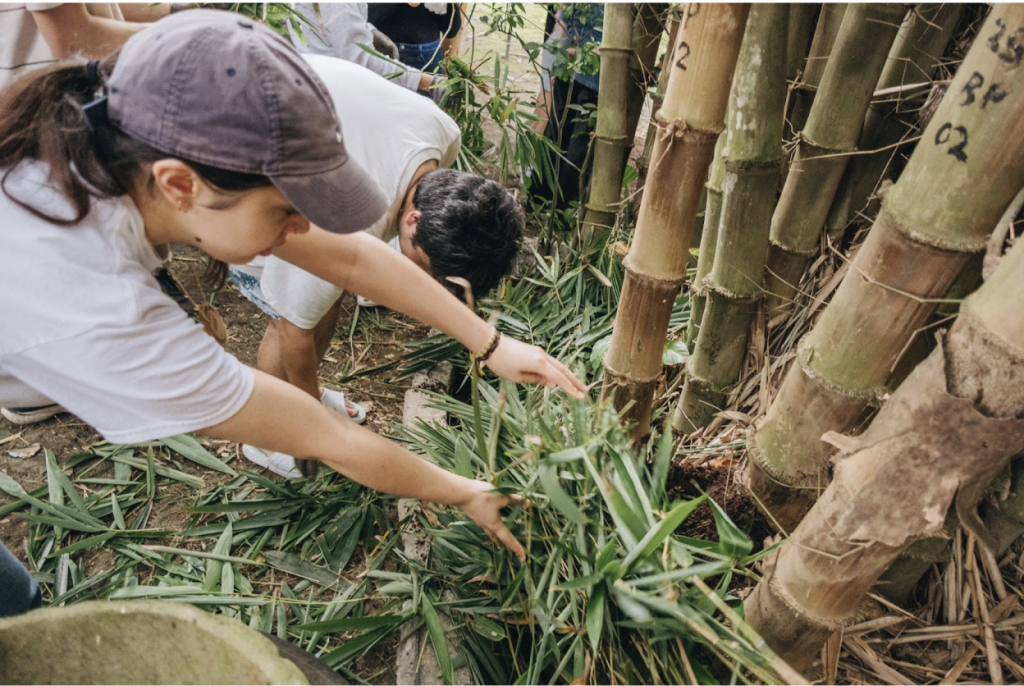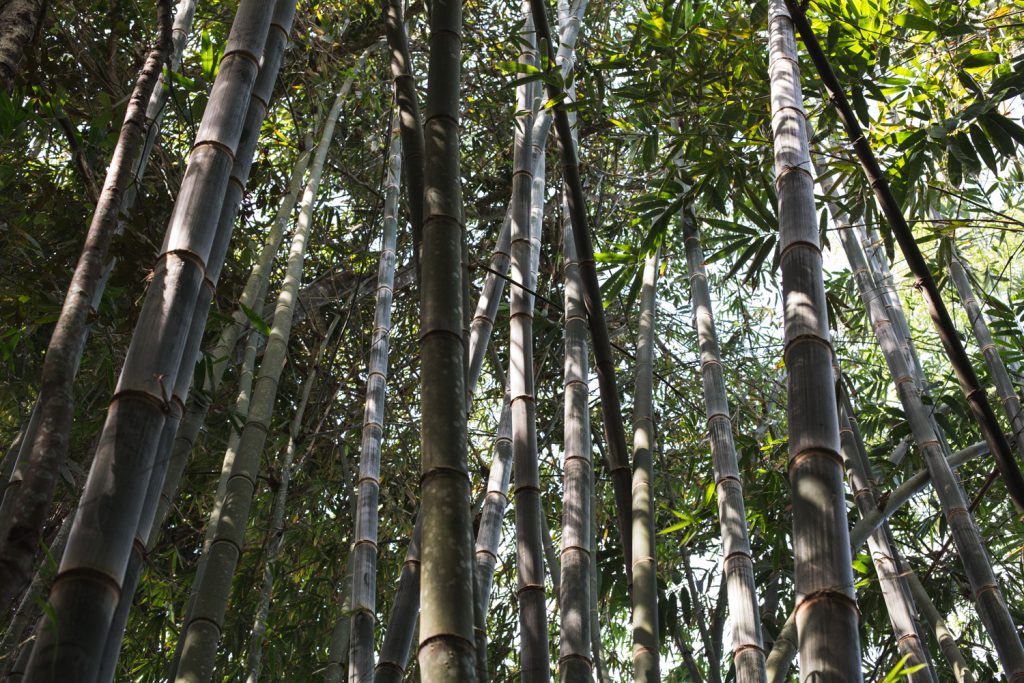How To Propagate Bamboo
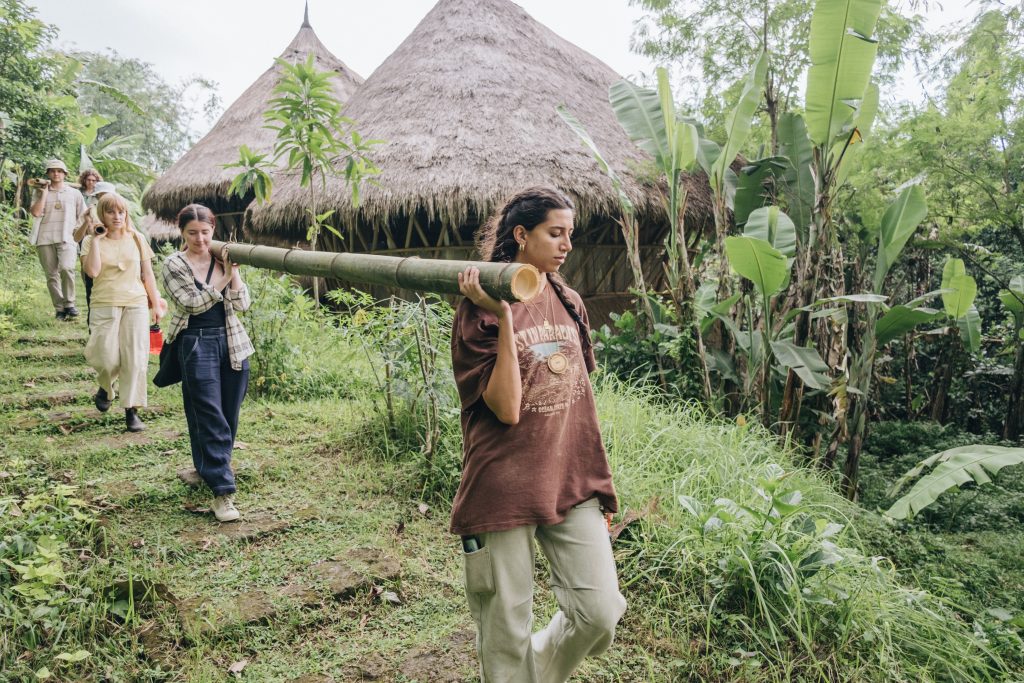
In this article, we share the 6 steps to propagate your own bamboo from a cutting.
Bamboo propagation is a simple technique that is used to cultivate bamboo. Bamboo can be cultivated via seeds, tissue culture, and using plant parts such as rhizomes, culms, and branches. In this article, we will explain the method of propagation using branch cuttings from the bamboo culm, as we find this to be the easiest, most accessible, and economical way to propagate bamboo.
The 6 simple steps for propagating bamboo by branch cutting include:
- Observation
- Harvesting
- Cleaning
- Planting
- Watering
- Sheltering
Observation
Start by observing and evaluating the conditions of your clump, which is where you’ll be harvesting your cutting from. If your clump shows symptoms such as wilted leaves, brownish-gray stains, unusual presence of insects, or broken culms your bamboo might not be healthy enough to take the propagule. If this is the case, choose a different clump.
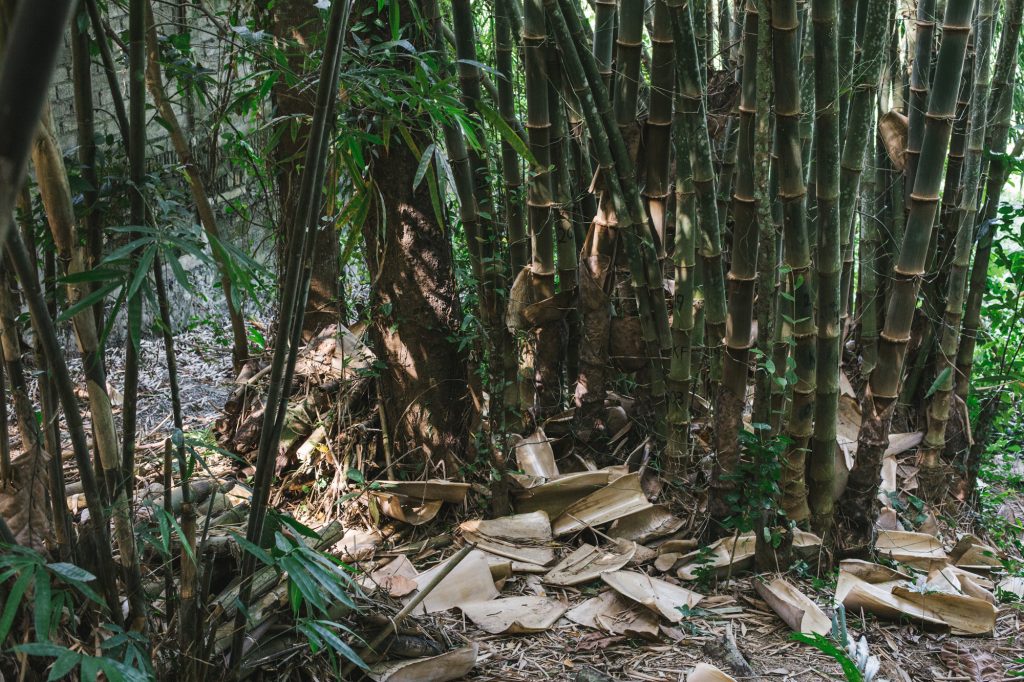
Harvesting
Cut a healthy bamboo branch using a handsaw. We recommend leaving at least 3 - 4 nodes length of culm in the ground to ensure a healthy clump. If you are interested in harvesting bamboo to use directly for construction (not for propagation) have a look at this step-by-step guide on how to harvest bamboo sustainable.
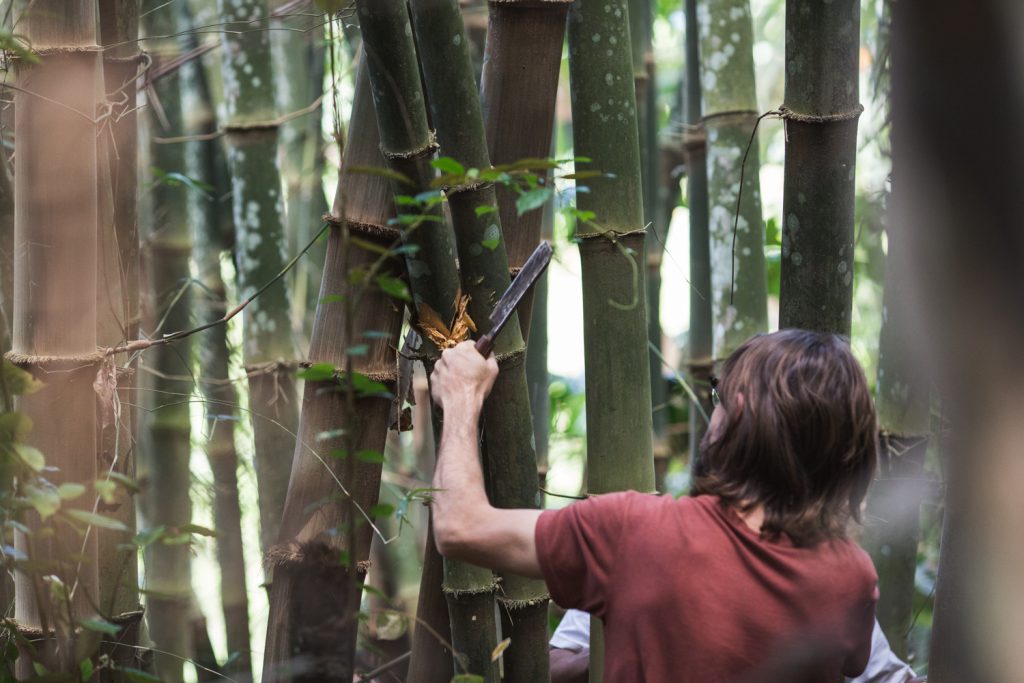
Cleaning
Remove any excess branches and leaves. In the illustration, we leave the main branch and remove the other three sub-branches. You use a sharp knife, handsaw, or pruner to do this. The reason to do this is to ensure all energy is going towards one main branch to grow into a healthy strong culm.
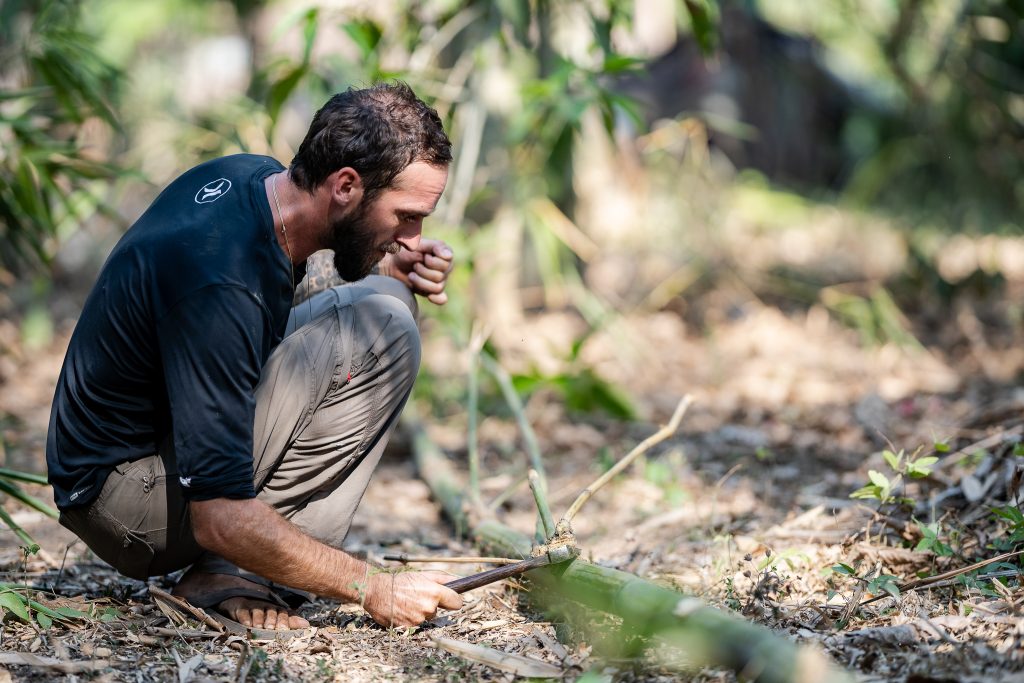
Planting
Take some of the soil surrounding your bamboo clump, mix it with some compost using a ratio of 1:1 and with a trowel, and fill a container/ polybag halfway with your soil mixture. Next, put the propagule on top of the soil and submerge the cutting until all the meristematic areas of your cutting can be covered by soil. Finally, fill up the rest of your polybag with your growing medium.
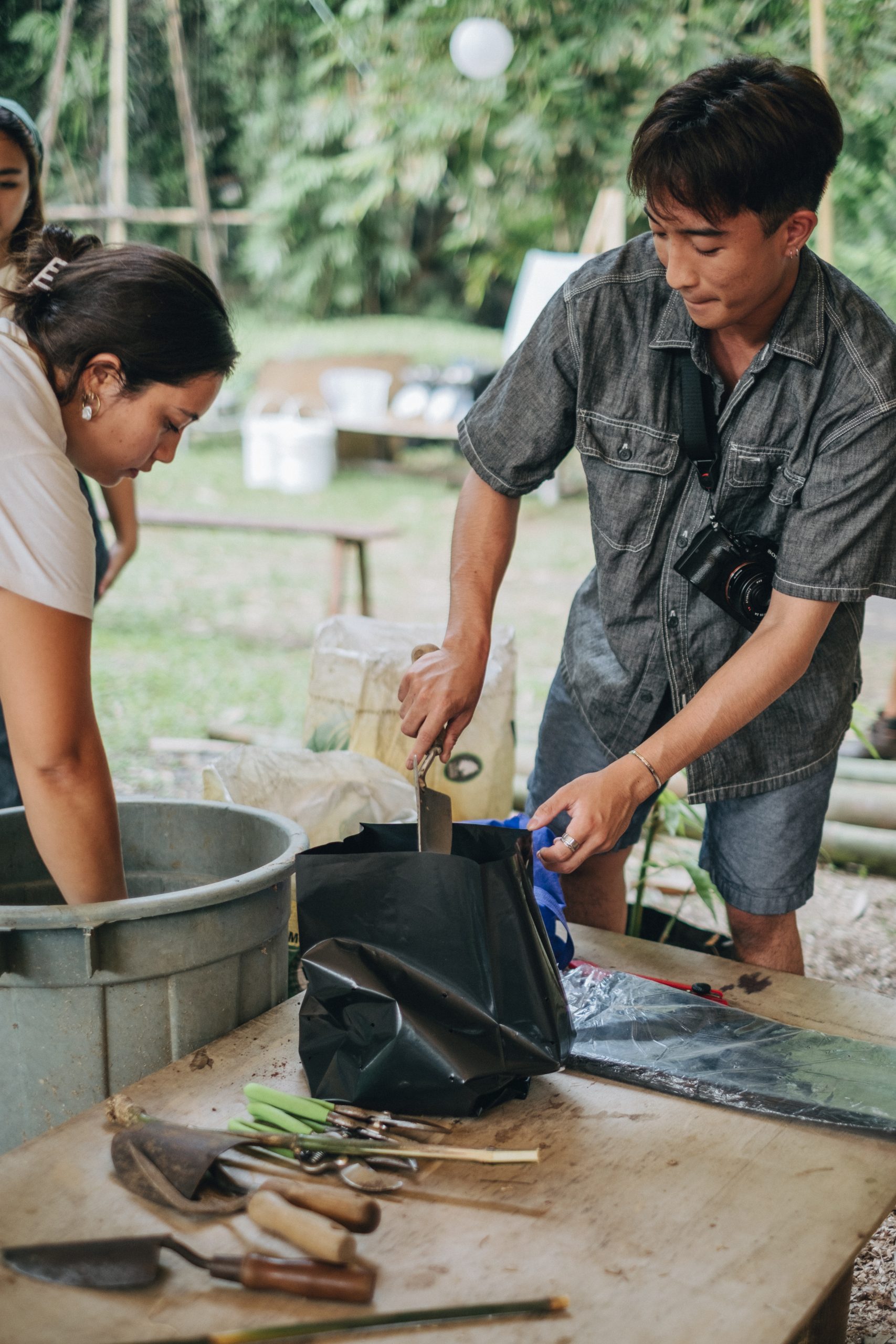

Watering
Water the cutting in the growing medium. When the seedling is still young, it is vital to keep it well hydrated so make sure to water it regularly, even daily if necessary. It is important to remember that soggy soil will be problematic and can cause irreversible root decay. But it should be moist enough especially during the first month after planting. You can use a soil moisture meter to test the moisture or feel the soil and observe the dryness of the leaves, dry leaves will begin to curl.
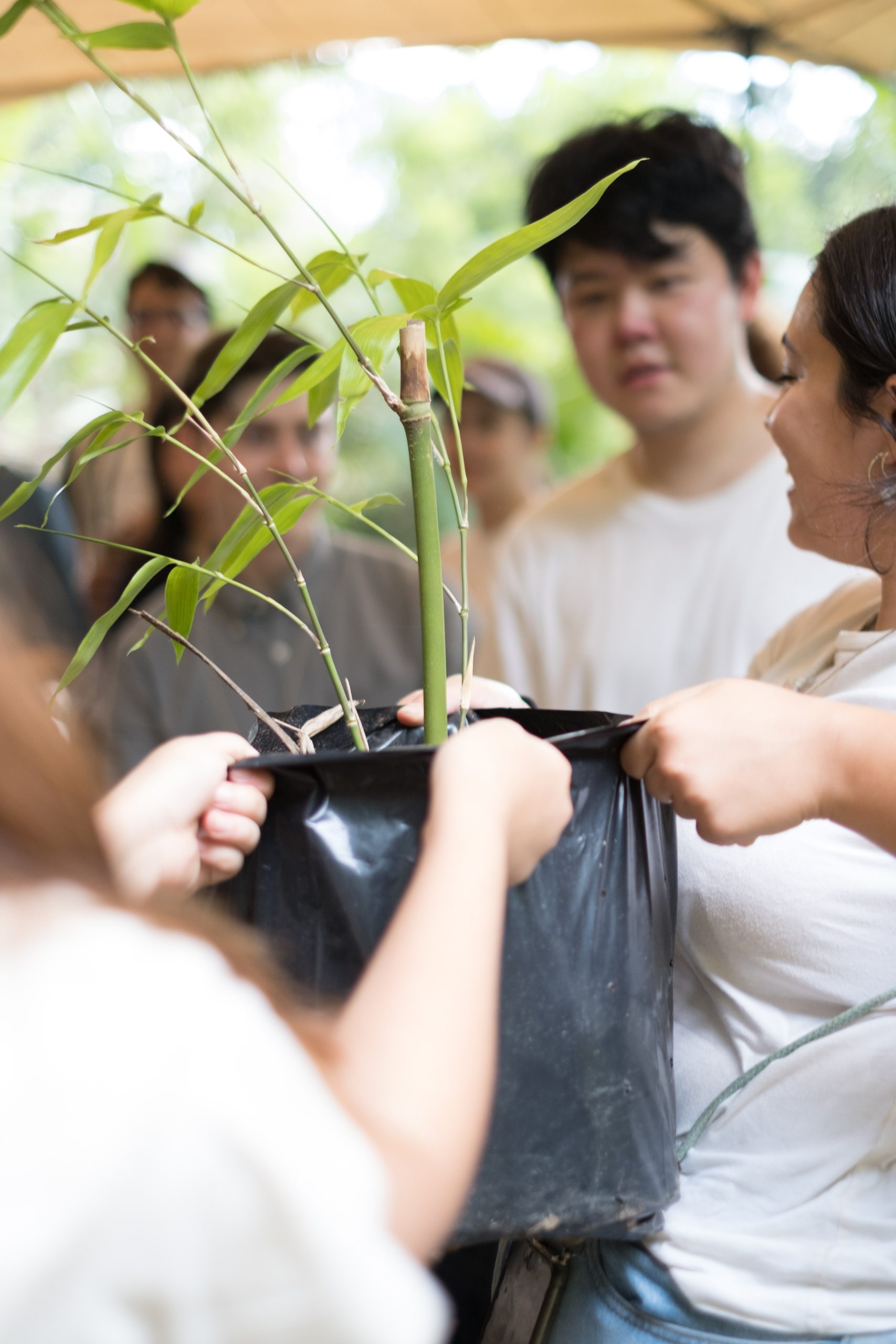
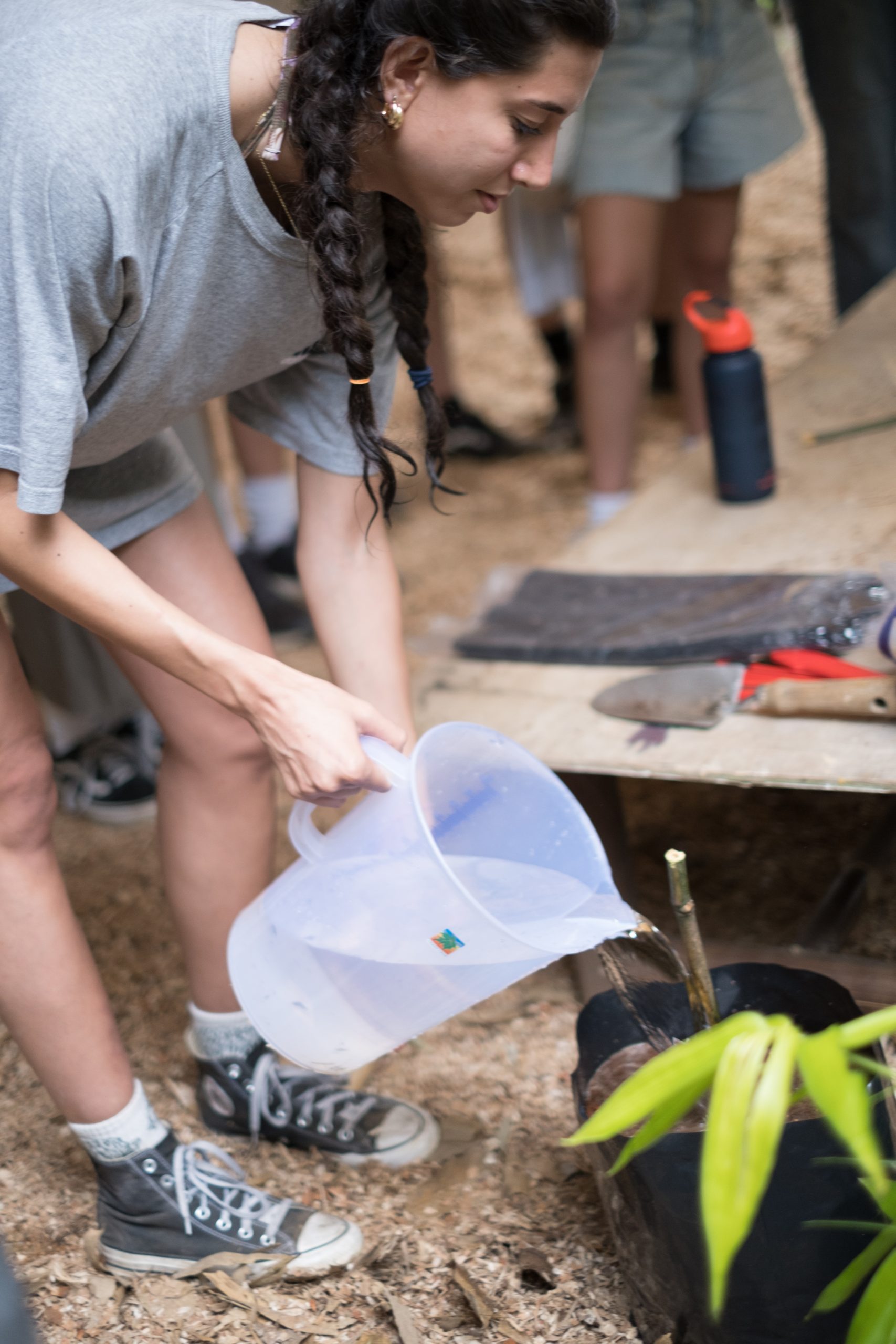
Sheltering
Finally, keep your polybags in partial shade under a nursery Water the soil every day. The first signs of growth and development may already appear 3-5 weeks after planting. However, you should leave the bamboo plants in the poly bags for another 6 months to a maximum of 1 year until they are fully rooted. The new bamboo plants will then be ready for transplanting in the next rainy season.

When it comes time to plant your bamboo culm, note that in subtropical and tropical climates, it is best to plant your bamboo into the ground just before the wet season. This ensures that the young seedling will receive plenty of water during its initial growth. In more temperate climates, it is recommended to plant your bamboo in early autumn as the seedling will have received plenty of natural daylight throughout the summer but will be in the firm ground before the colder months of the year.
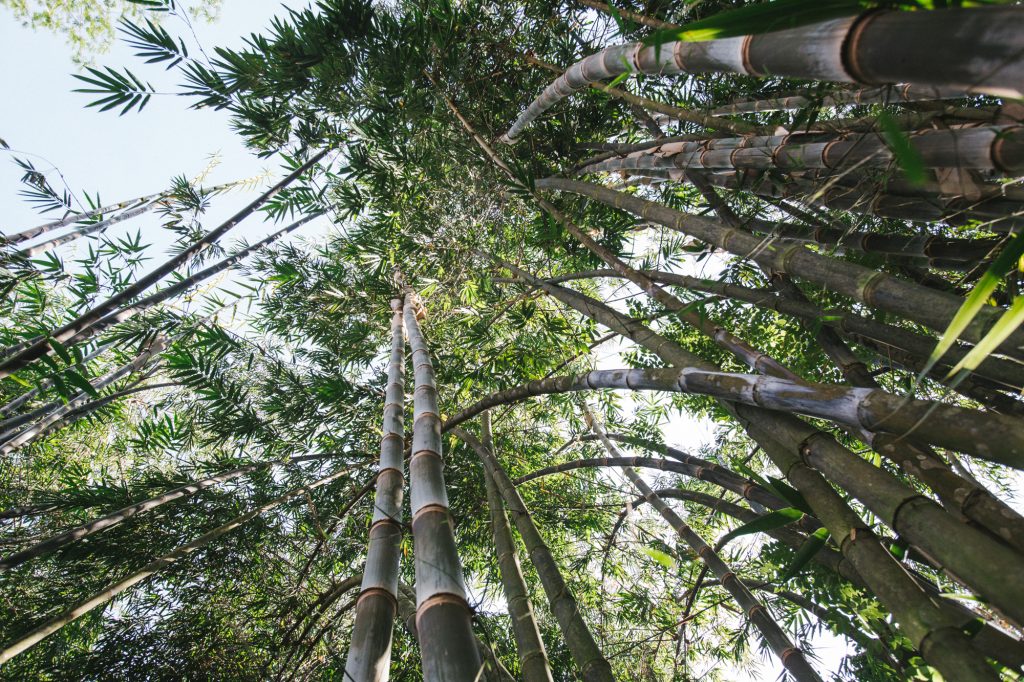
Want to learn more about how to plant and grow bamboo for construction? We teach all of this in The Fundamentals For Building With Bamboo Online Course.

Bamboo U Co-Founder passionate about bamboo, sustainability, content creation and storytelling.
June 7-18, 2024
The 11 Day Bamboo Build & Design Course in Bali
In 11 days, we'll show you how to build bamboo structures we’ll share all that it takes to build with nature.
Join the Waitlist
The Fundamentals of Building with Bamboo Online Course
All the fundamentals you need to get you started working with bamboo. Deep dive into cinematic videos and step-by-step guides that will provide you with a strong understanding of bamboo as a design and building material.











